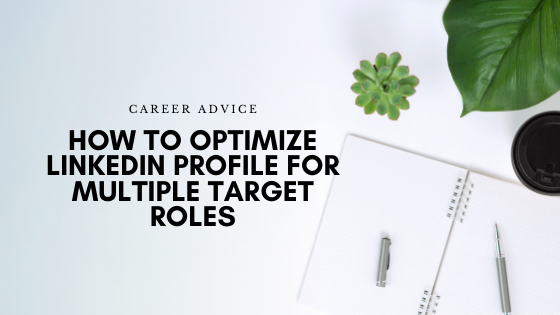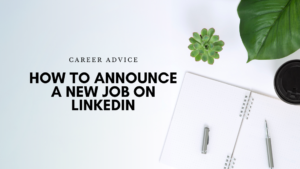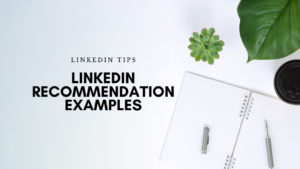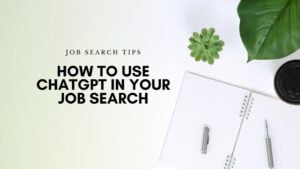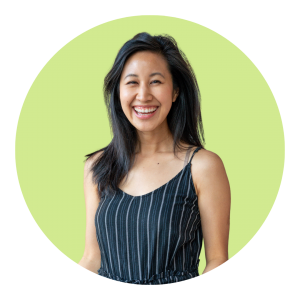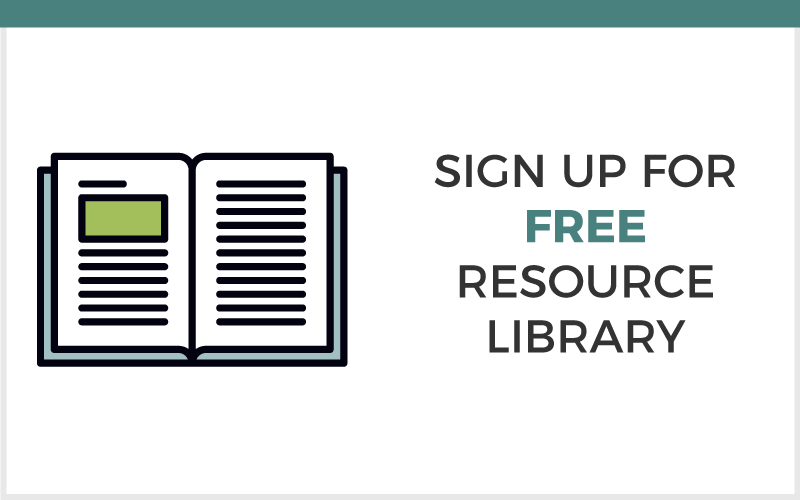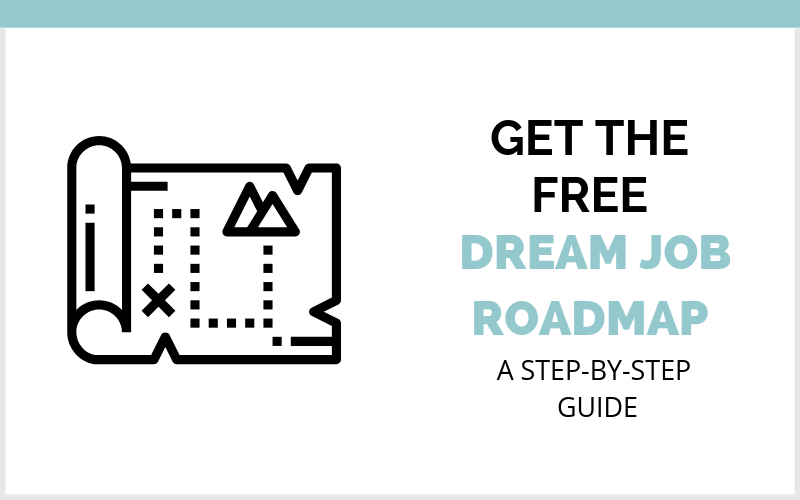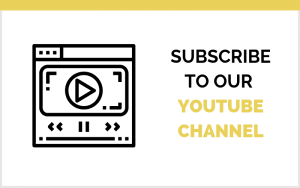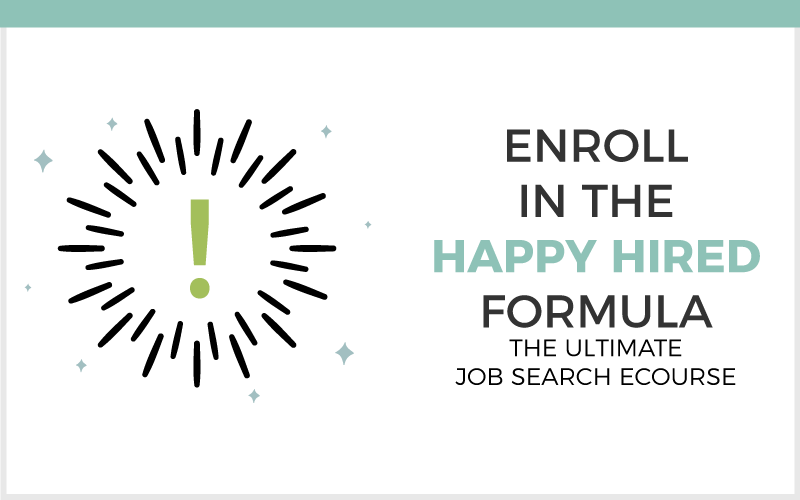If you follow my blog, you’d know that I always recommend starting your job search by updating your personal branding or filling out any target dream job worksheet. Having a hard time filling this out means that you are not ready to start your job search and might be lacking clarity, direction, and focus. If you haven’t figured these out yet, I highly recommend you to start being clear to yourself on what you really want to do. A lot of people may feel like they are closing off opportunities by not widening their options resulting in a longer period of job searching. I actually think the opposite is true. In today’s article, I’ll be focusing on discussing how to optimize your LinkedIn profile for multiple target roles. You can continue to read along, or watch the video below instead.
How to Optimize Your LinkedIn Profile for Multiple Target Roles
Personal branding
When casting such a wide net to all of these different jobs that are not even related to one another, your job search is actually going to take a lot longer. It’s not reflecting your specialization nor carving out your personal brand into one specific area. Your passion and interest get lost. Personal branding has become a buzzword this year. It is essentially carving out your own brand and being able to answer these questions:
Who are you known as?
What are you known for?
PRO TIP: Taking time to get clarity about your dream job will actually make the job search process faster.
Not having a personal brand reflects that you don’t have something clearly established, and that could become a problem. Nobody knows you for anything, and therefore would be hard for recruiters to match you to a specific job they want to fill in. It is far better and easier to get narrowed in on one specific area and start orienting yourself towards that.
RELATED: PERSONAL BRAND EXAMPLES: CRAFT YOUR ONE-SENTENCE VISION STATEMENT
Highlight the common thread that connects the dots of your experience
There could be tons of titles and positions that you can find in different companies. That one common thread or theme that connects these different jobs you’re targeting is what you’d like to focus on to get narrowed in as much as possible. You’d want the employer to be able to connect the job with your skills easily. I always tell people that most don’t know their own story or their connections, so how can you expect the employers to figure out where you belong? You must first figure out where you belong, and that will make everything so much easier because you know exactly what you need to share.
Only you would know how to present yourself. I myself used to be a recruiter, but I am also interested in other fields such as real estate, sales, human resource development, and organizational development. I try to take a step back and identify the common thread between all of those things. I’ve realized that the foundation of it all is about connecting people – aspiring to lead with empathy and compassion. After that, I can start building my narrative of what I want to state on my headline. I could start orienting myself as a human connector or a relationship builder.
Building your LinkedIn profile narrative
When creating your headline on LinkedIn, you can either put that common thread or list the top three titles that you’re targeting so it’ll show up in keyword searches. However, your real opportunity is leveraging the LinkedIn profile summary space; that about me section wherein you can have over 2000 character texts to fill in. I personally missed this opportunity because I left it blank or just written a generic stat oriented bio. What employers want to see is the story. Connect yourself to the next opportunity and start positioning yourself for the roles you want. Here are some clarifying questions to help you get started on crafting your narrative:
Who you are?
Why is this important to you?
What do you do?
How do you do what you do?
Convey that message so that whoever is stumbling across your profile, whether it’s somebody who’s recruiting for organizational development or recruiting for a recruiter or human resources person or salesperson, they can still see your potential and understand your interests.
Here’s an example. I’m a recruiter turned career happiness coach guiding job seekers through what it takes to be the top 1% of applicants. In this case, I will want to be found when people are searching for a recruiter or career coach. That’s where my headline comes into play, but also I want to let people know right off the bat, what is it that I specialize in? I want job seekers coming onto my LinkedIn profile, to know exactly what it is I do who I serve. If they’re interested, we can start that dialogue and conversation. So think about yours and what that needs to state, who is it that you serve? What is it that you help companies or organizations with and put that all together in a headline.
RELATED: 5 LINKEDIN PROFILE PICTURE TIPS TO LEAVE A POSITIVE IMPRESSION
Focus on where you’re going instead of where you’ve been
Emphasizing and focusing on what they did or what it is that they were known for rather than where they actually want to be or where are they going is one of the biggest mistakes I see people do. Your personal brand is really just a tool to get you to where you want to be next. So let go of all of your past experiences and your past identity if you’re looking for that transition. But again, as a job seeker, it’s your job to connect where you’re going on this powerful personal branding tool.
Utilizing the keyword search
LinkedIn is so powerful from a keyword search perspective. You’ll be able to connect and reach out to anybody, or look at somebody’s profile and having them get curious and review your profile in turn. This helps you see what transpires as you go through your job search and becoming more visible.
As mentioned earlier, you’re going to have much more success when you target yourself towards one specific thing. From there, when you have clarity on what it is you’re targeting if, in fact, it is a lot of different positions, your goal is to figure out what is that common thread. And then how do I leverage this common thread and common theme into the story of who I am in my professional profile summary.
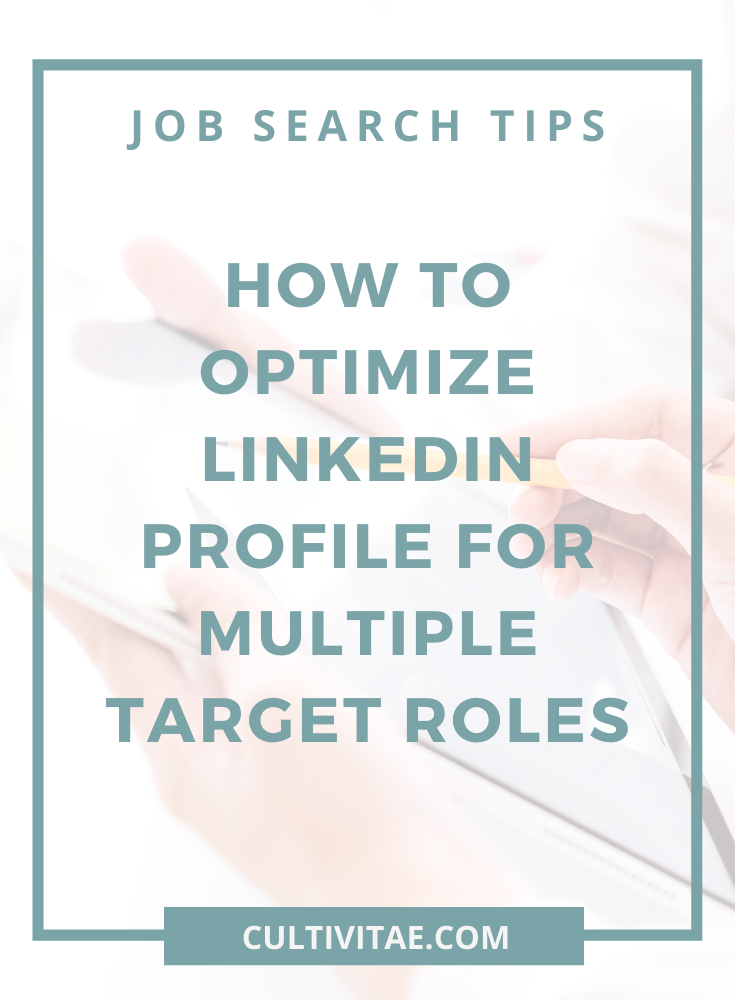
Drop your email down below to get instant access to our FREE resource library packed with tools, templates, & guides!

